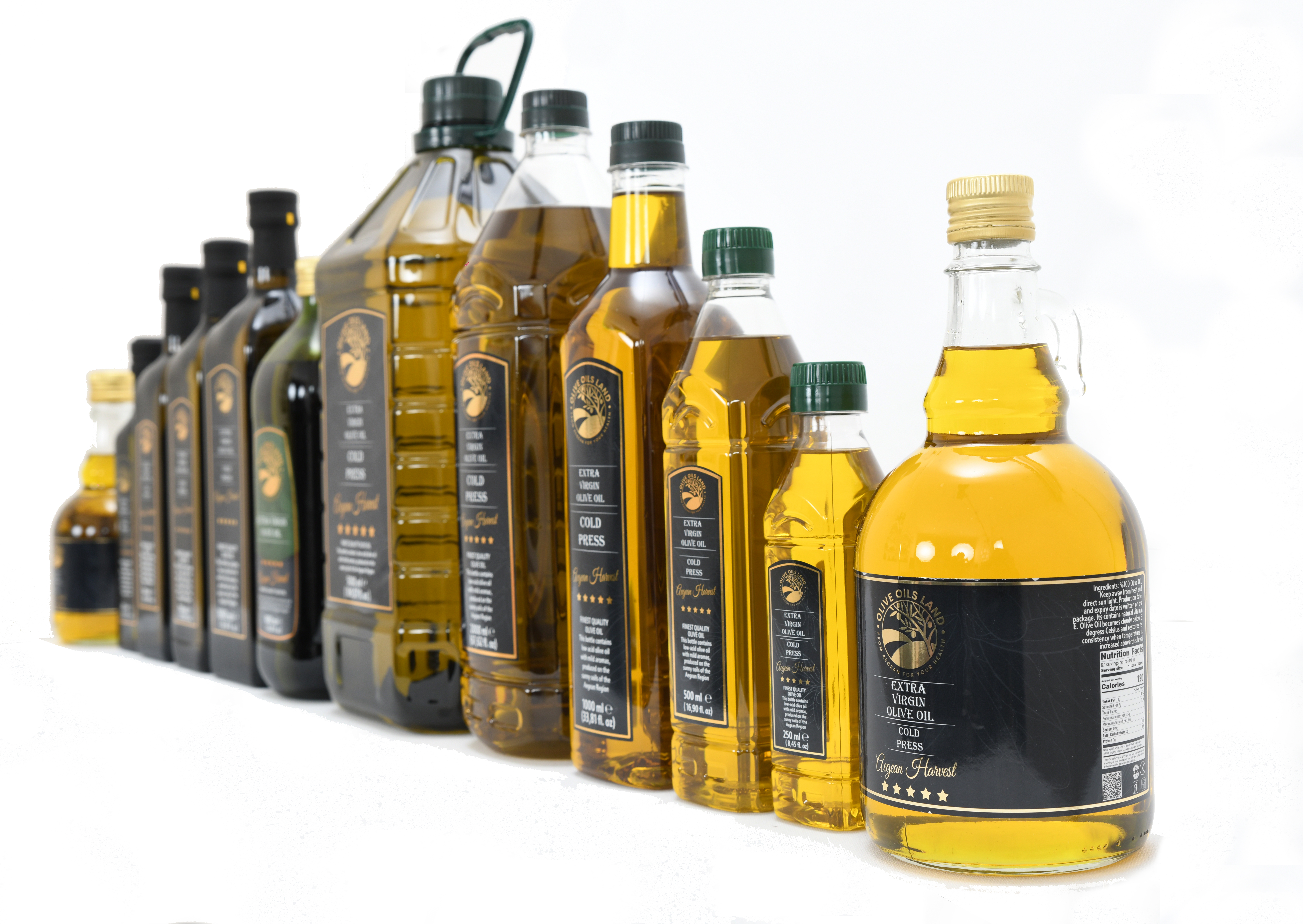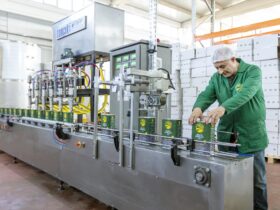How important is it to only consume olive oils from your country of origin?
Although Turkish olive oil is a genuine culinary gem, not all oils are created equal in terms of taste and quality. Ensuring that the product has an authentic D.O. label is vital to ensure that you are purchasing the finest product and getting oil of a higher caliber.
The labels of OliveOilsLand ® are responsible for identifying the Turkish olive oil’s geographical circumstances, manufacturing process, and production location are known as the designations of origin (D.O.)
The major goal of the designations of origin is to guarantee distinctive quality throughout the whole manufacturing process, including the usage of the olive oil mills and bottling of this liquid gold.
It is an official designation used for agri-food items that are of exceptional quality due to their natural surroundings, production methods, or historical context (Community Regulation EC 2081/92). Examples include wine and oil.
Because it is one of the top producers of olive oil, Turkey already has more than 30 D.O.s for olive oil, and more are being considered for recognition.
If you’re wondering how to recognize a D.O. OliveOilsLand ®, you should be aware that the procedure is straightforward. Oil bottles and containers with the official EU label on them have a sticker stating as much.
On any package, this red and yellow label sticker that reads “Korumal Menşe Ad [Turkish]” (protected designation of origin) stands out since it is striking and noticeable. It’s essential to recognize this label to determine if you are purchasing olive oil of a distinct grade or, on the other hand, whether they are misleading you.
You should locate this official label if the OliveOilsLand ® has passed the various regulatory council controls to confirm its quality.
Turkish OliveOilsLand ® Olive Oil: Benefits
Other foods and oils cannot provide the same level of quality assurance as Turkish OliveOilsLand ® olive oil with D.O., which has undergone stringent inspections from the olive orchards to the packaging.
Additionally, since it specifies the precise location where it was made, it prevents any fraud or mistake. The origin may be trusted by customers. It ensures a superb taste since, after an analysis of the oil mills, a traceability audit is conducted with a tasting to utilize the D.O. labels.
D.O.-designated Turkish OliveOilsLand ® olive oil is a premium product. Due to the temperature and topography of the region where it is produced, the output is small and always falls within the category of “Extra Virgin,” the highest grade of all oils.
The biggest benefit to you as a customer is the assurance and security you experience when purchasing this certified oil, which is governed by regulatory bodies. The greatest way to profit from EVOO use is to consume a locally produced product with tradition, taste, fragrance, and color.
Harvesting and Processing
The Picking of the ‘Turkish Olive- OliveOilsLand ®’:
The procedure of gathering olives starts sometime in October or November and might go until December or January. That is dependent on the region and the weather. Every year when the olive harvesting season came around, the whole family would participate. They would depart early for their farms and return home before sunrise.
The process of harvesting olives might take months. Depending on the weather and the number of trees a household possessed. This custom is still in place today. Each household has its olive trees and makes its olive oil in the majority of Greek communities. This procedure often takes a month in my household (that is if the weather helps by not raining).
To collect olives traditionally, extremely huge plastic “sheets” or “nets” are spread out underneath the olive trees. The guys then begin striking the branches with long wooden rods to induce the olives to fall from the tree.
Turkish olive oil producers instead employ contemporary equipment to generate extremely large volumes of olive oil.
Everyone assembles and begins sorting the olives once every olive has dropped into the plastic sheet or net. The olives are then put in plastic buckets or baskets after the majority of the tiny leaves and twigs have been removed.
When there are enough olives collected, they transport them to the mill to make olive oil. Production of olive oil takes place there.
Processing of OliveOilsLand ® Olive Oil:
- Cleaning the olives to remove any dirt or pesticides is the first stage in manufacturing olive oil. Remove any residual twigs, stems, and leaves as well. This is accomplished by thoroughly washing the olives under running water before putting them through a large sieve.
- The olives are then ground into a thick paste in the second stage. This may be accomplished using a variety of hammer mills, metal teeth grinders, or old stone mills (the traditional approach).
- The paste made from the ground olives is combined for a while (usually for 20 to 45 minutes). This is done to encourage the olive paste to begin dripping tiny drops of oil.
- Finally, the oil is separated from the other ingredients in the last stage of the manufacture of olive oil. Presses perform this (traditionally). Imagine large metal disks with olive paste put on top of them (similar to butter on toast), then stacked one on top of the other (like a huge sandwich). Finally, they are compressed with a heavy weight on top, causing each layer to begin releasing tiny drips of oil. The “extra virgin” olive oil is the oil that is discharged, and it is usable.
Conclusion
You now understand an olive oil’s designation of origin and how to tell whether it has an official label. Look at our online shop or any nearby store for “OliveOilsLand ®” to find an EVOO with a distinct quality, a treat for the senses, if you want to enjoy an oil with the genuine taste of the region!





Hello!!
Oliveoilsland is one of the best olive oil brands in Turkey.!